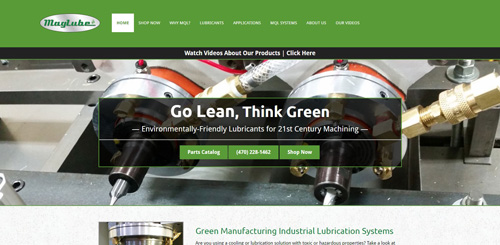If you are involved in an operation that does any kind of machining on metal products, you no doubt have been exposed to one or more types of Metalworking fluids. If you are a manufacturing engineer, you may have even been the key decision maker on the type of fluid to be used in a given operation. If your job consisted of maintaining the fluid system, you have spent a lot of time checking concentration levels and making additions and adjustments as necessary. As a machine operator, you have first-hand experience in the use of these fluids in real world applications. Unfortunately, this sometimes means you have had to deal with things like contact dermatitis and breathing irritations. Plus there are the times when you have come in to work on a Monday morning only to be met with a rambunctious odor that was the result of the fluid sitting uncirculated for a period of time.
Commonly referred to as coolants, these metalworking fluids can fall into one of several categories. They have evolved over time with technological advances and are continuing to improve as time goes on. If you are looking for lubricants manufacturers who are using cutting edge technology in a way that could be of benefit to your organization, companies like MagLub have the background, knowledge and resources to help. A good fluid and lubricant management program can save you money, improve productivity and quality, and keep the people safer at the same time.
Back in the old days, most of the metalworking fluids consisted of straight cutting oil. In fact, many machines in use today still use it. Cutting oil use led to the development of oil based coolants. These coolants are typically 90 to 95 percent water when used in machines. An emulsification package enables them to be mixed with water.
Semi- synthetics are somewhat of a cross between an oil based product and a full synthetic. While utilizing petroleum products to make the fluid, they also include man-made constitutes to help with things like lubricity and corrosion protection. The use of petroleum helps to keep the cost down as opposed to full synthetics.
Full synthetics contain no petroleum. Consequently, they do not need traditional emulsification to make water and oil mix. They are the most expensive of the three types. Because oil can still leak into the coolant, synthetics can be designed to either accept or reject the oil.
Some of the most recent developments make use of a lubricant that is consumed in the machining process. As a result, there is no need for cleanups, and no mists or fumes are emitted.

